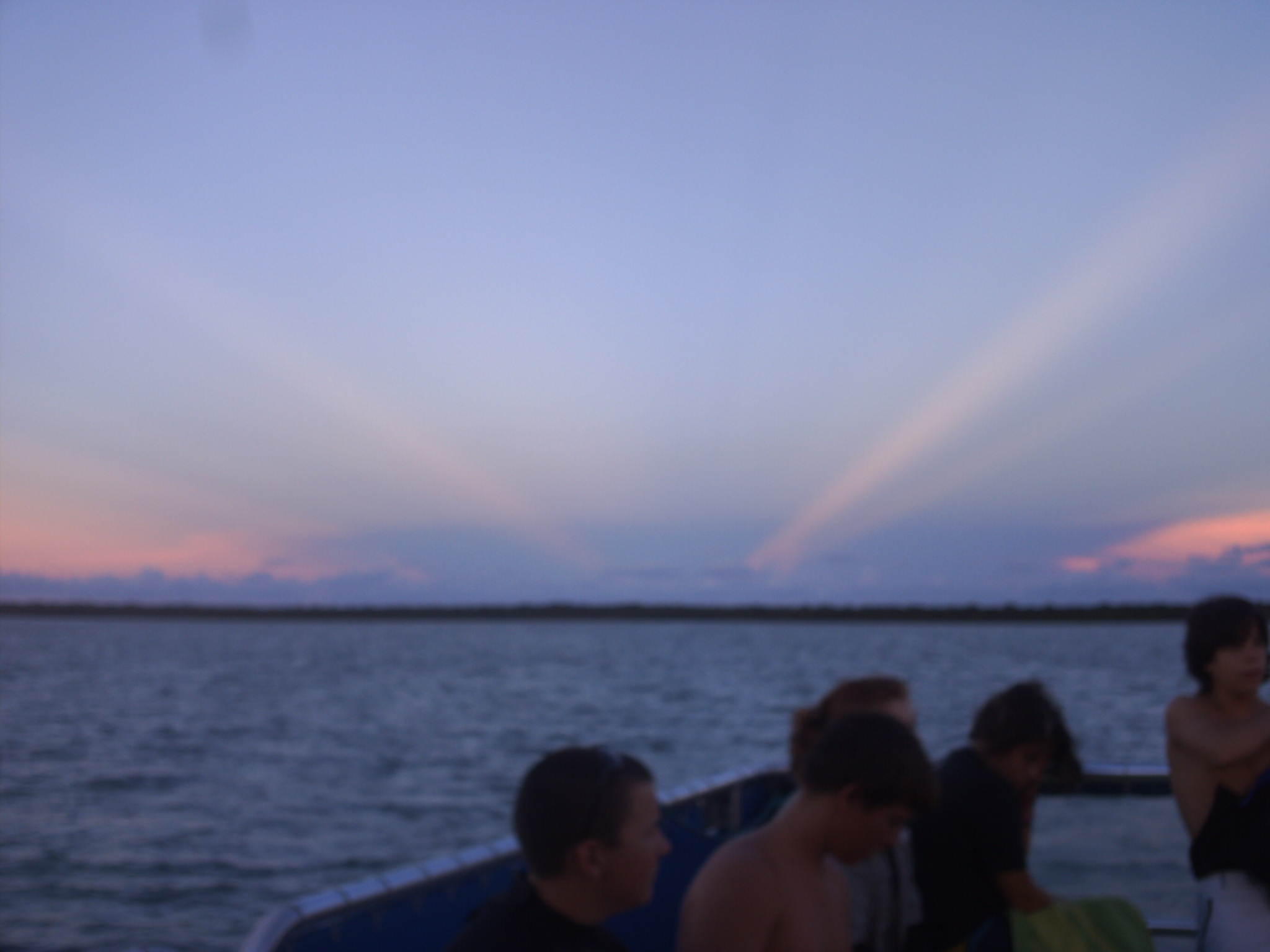|
1.English III (R, H, AP)
2.Math: Algebra II, Pre-Calculus,
Calculus AB (R, H)
3.Marine Science II Honors
4.Physics (H)
(Elective)
5.American History (H, AP)
6.Research 3 Honors (GIS)
7.Research 4 Honors (Marine Affairs)
GPA less than 3.0
1.English III (H, AP)
2.Math: Algebra II, Pre-Calculas,
Calculus (R, H)
3.American History (H, AP)
4.Marine Science II (H)
5.Physics (H) (Elective)
6.Research 2 (Oceanic Research) (H ,Mg) [can be replaced by Marine Service 4&5]
7.Elective
Field Trips
Miami Seaquarium
Marine Magnet students get to go behind the scenes of Miami seaquarium
to learn about how the animals live and perform in captivity. Students observe trainers in action with marine
mammals. They are then able to watch the shows at the seaquarium featuring the animals they learned about earlier in
the day
Biscayne Bay
Students arrive at Biscayne Bay National Park where they acquire
their snorkeling gear and board the boat to go snorkeling on Shark Reef. The students then observe the
behavior of the fish and the habitat in which they live.
| We're set to Snorkel! |

|
FAU GIS Lab
The Marine Magnet GIS dual enrollment students are invited to participate in a special
program designed by FAU graduate students in the Geological Sciences Department. The Magnet students work with the graduate
students to determine the best route for emergency response teams in the wake of a simulated flood. They learn how to use
GIS maps to make decisions regarding disaster relief.
Everglades National Park
Everglades National Park is the largest subtropical wilderness in the United
States. Here students are able to see rare and endangered species, such as the American crocodile, Florida panther, and West
Indian manatee. It has been designated an International Biosphere Reserve, a World Heritage Site, and a Wetland of International
Importance, in recognition of its significance to all the people of the world. |
|
|
|
 |
|
|
| A beautiful sunset after a long day snorkeling! |

|
3 Day Junior Trip
The 3 day junior trip begins with a visit to Windley
Key Geological Site. Students are able to learn about ancient coral reefs and how they helped form the current Florida
Keys. After lunch, the students arrive at Florida Sea Base to continue their educational experience in the Florida
Keys. The second day they sail and snorkel on Cheeca Rock Reef. The last day of the trip, they visit the Turtle
Hospital in Marathon and then return to school.
|



